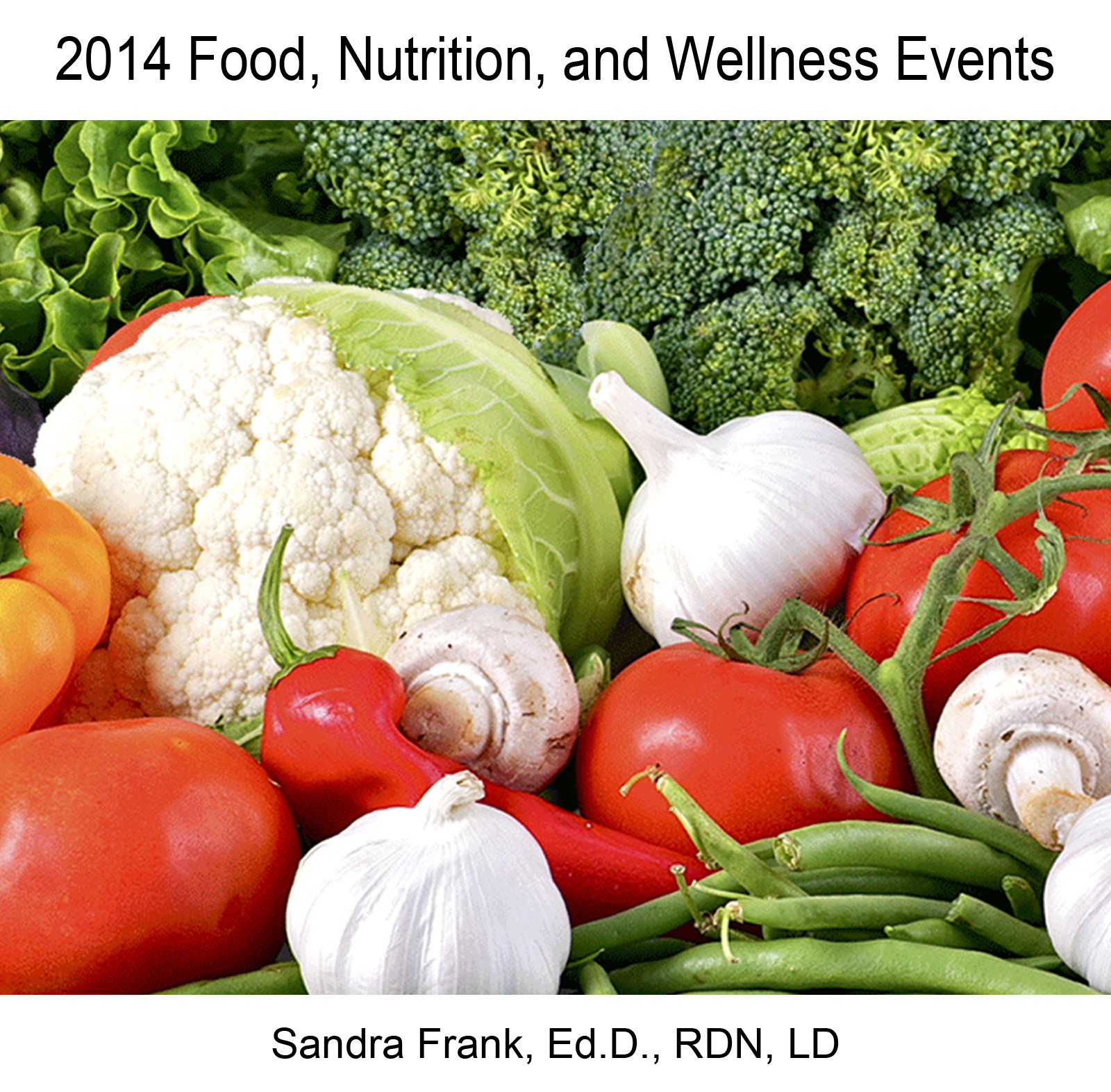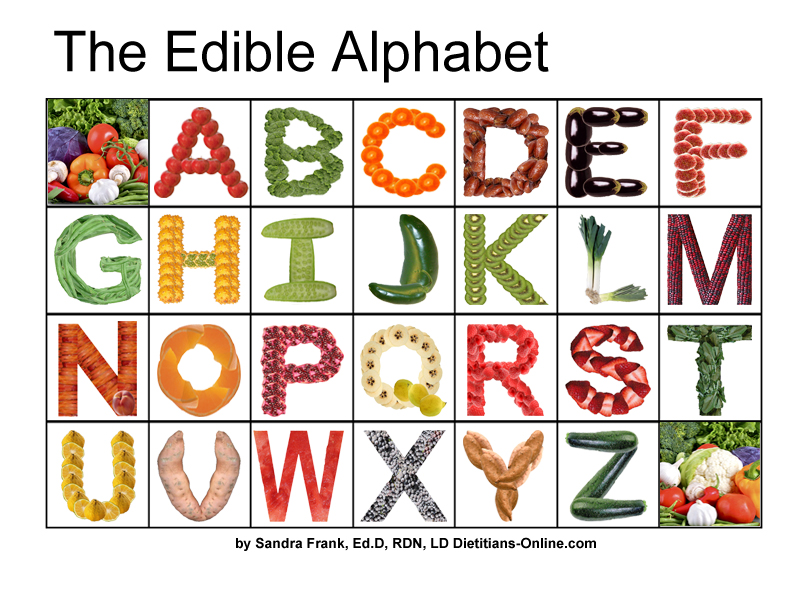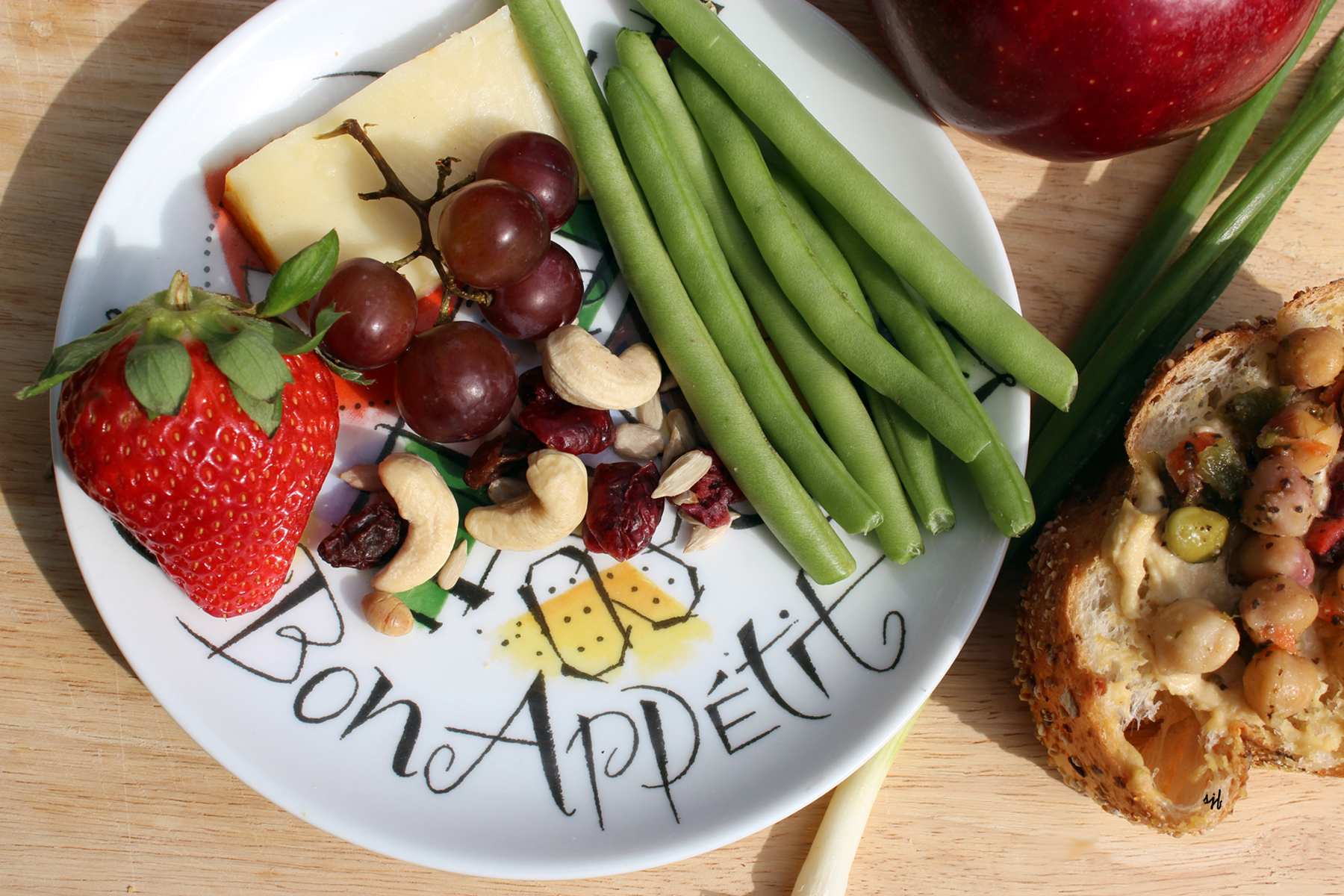
The “2014 Food, Nutrition, and Wellness Events” ebook is an indispensable tool for the food and/or health writer, blogger, dietitian, and editor. Each month highlights food, nutrition, and wellness events for the month, week, and day. Food photographs or graphic designs are provided to illustrate special events. In December, books by dietitians are featured.
The holidays and events listed come from numerous resources, such as: United States Department of Agriculture, Food and Drug Administration, Presidential Declaration, Federal, State or City Governments, Academy of Nutrition and Dietetics, Food Associations, American Medical Association, Medical Affiliations, Private Organizations and Companies, Retail Promotions. The events have been verified. However, you should confirm the dates before making plans. Some events may vary from one state to another.
The “Wellness News” calendar employs adults with "Special Needs" (Cerebral Palsy, Autism, Down Syndrome, and Muscular Dystrophy). Part of the monies raised go to employ special need adults.
History of the Wellness Calendar
The wellness calendar has a history spanning over 20 years. When my son Jake was about two years old (back in 1990), he discovered the joys of celebrations and holidays. As most children, he associated these events with family, food, fun, music and gifts.
We had just recently learned Jake has cerebral palsy. Much of his young life had numerous challenges; it was a delight to see him so excited about these events.
Every day he would ask me, “What are we celebrating today?” Initially, I would make up events, such as a new tooth, the sun is out, etc... Eventually I would research reference books and later the Internet to see if there were special functions occurring on a specific day.
To my surprise, I found numerous events each day of the year, but there were too many and it was a bit overwhelming. I started to note those days that dealt only with Health, Nutrition, Food, Safety, Disability Rights and Environmental Issues.
I realized many of these events went unnoticed or unreported by Journalists, Educators and Health Professionals. In 2002, I started to send out about 50 calendars to local and national media representatives in the hope the topics would encourage awareness and inspire ideas for stories and/or projects. Each year the number of calendars we sent out would increase, as did the thank you notes from local, national and worldwide correspondents.
Then in 2006, Jake and his friends graduated high school. They were unable to find employment due to their disabilities. I asked them if they would be interested in working with me on the Wellness Calendar. They said, “Yes”.
The project became a wonderful way to raise money to help them with their ADL, self-esteem, independence.
The calendar was created to make sure every Journalist and Educator knew when certain events occurred, such as National Nutrition Month, World Diabetes Day, Earth Day, RD Day and many others. The goal was to provide a useful tool to impress their editors with some interesting time-sensitive stories.
Later on, the calendar served to provide employment to individuals who were unable to find jobs due to their special abilities.
Remember to Make Every Day Special, Make Every Day Count.
with warm regards,
Dr. Sandra Frank and Jake Frank















